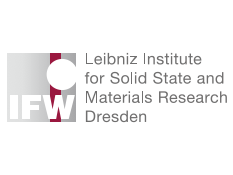Cryostats
The observation of physical, chemical or biological processes at low temperatures or the data acquisition and determination of substance properties require laboratory cryostats with special properties. Temperature stability, low vibration and perfect thermal insulation with compact dimensions.
Liquid gases (nitrogen, helium) as well as cryocoolers or Peltier elements can be used for cooling. Laboratory cryostats can be designed in different materials, such as stainless steel, aluminum or glass or carbon fiber reinforced plastics and can be thermally insulated with a permanent or pumped insulation vacuum or insulation foams or fillings.
For the Institute of Technical Physics (ITEP) at KIT, a large "immersion cryostat" with viewing window for observing the quenching behavior of superconducting tapes in a nitrogen bath was developed and manufactured. see Fig.

The aim of this research project is to investigate a novel ring twist element system based on a superconducting magnetic bearing (SMB) for textile machines by theoretical modeling, simulation and metrological investigation of this novel combination of textile and superconductor technology under dynamic yarn running.In the first phase of the project, the theoretical and experimental basis for the introduction of an SMB twist element system in the ring spinning machine was elaborated, enabling a trouble-free spinning process up to 25,000 rpm. The interactions of process, technology and superconducting parameters were evaluated and regularities for the SMB twist element system were derived. In the second funding phase, the SMB twisting element will be investigated in terms of yarn dynamics, nonlinear fiber elongation behavior and vibration behavior of the SML and yarn at higher spindle speeds up to 50,000 rpm. With the completion of this project, the scientific basis for the use of superconducting magnetic bearings in high-speed textile and processing machines is available as a central objective.
Dr. Ruben Hühne, IFW Dresden und Prof. Chokri Cherif, TU Dresden





